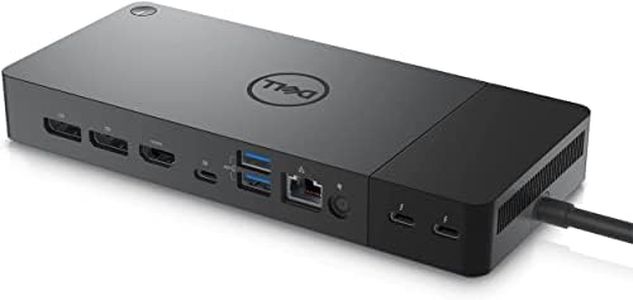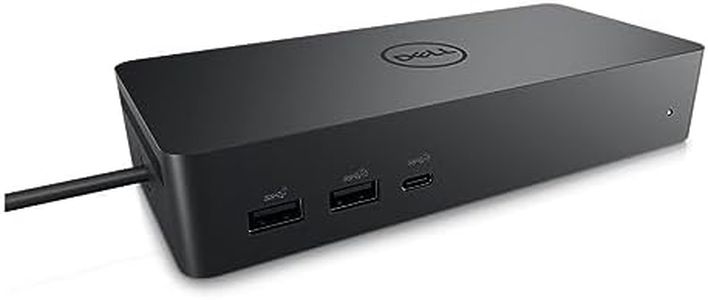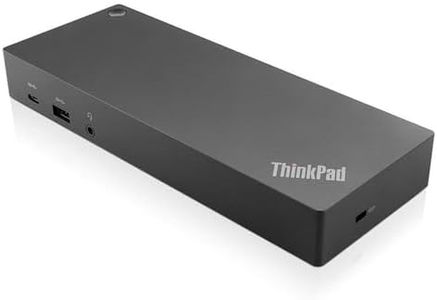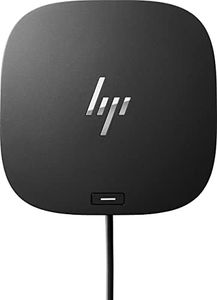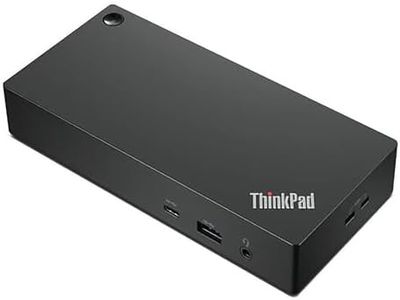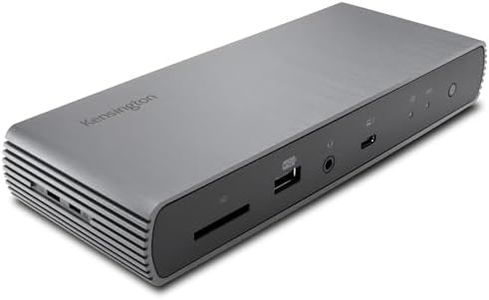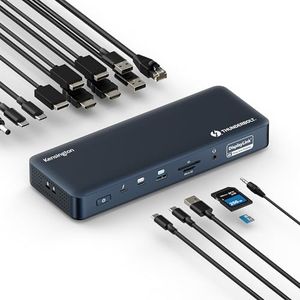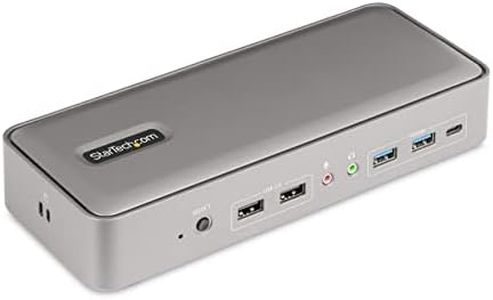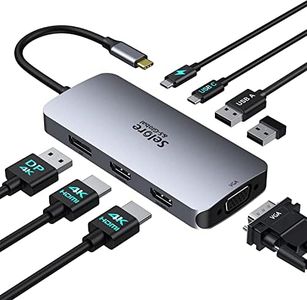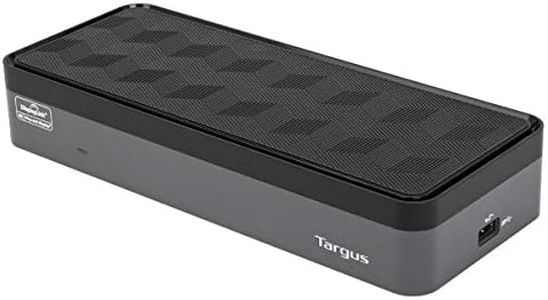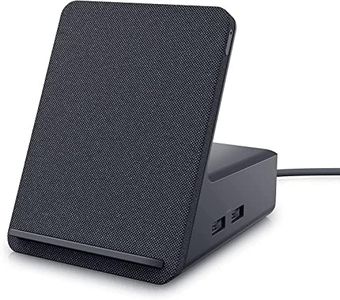We Use CookiesWe use cookies to enhance the security, performance,
functionality and for analytical and promotional activities. By continuing to browse this site you
are agreeing to our privacy policy
10 Best 4 Monitor Docking Station
From leading brands and best sellers available on the web.Buying Guide for the Best 4 Monitor Docking Station
Choosing a docking station to support four monitors can dramatically improve your workspace, whether for productivity, creative work, or multitasking. The main goal is to ensure your docking station can handle all your devices seamlessly and provide reliable connections for your monitors and peripherals. To choose the right one, you’ll want to focus on compatibility with your computer, the types and number of available ports, display resolution support, and overall connectivity. Understanding these specs will help you pick a docking station that matches your workflow and future-proofs your setup.Number and Type of Video OutputsThis spec tells you how many monitors the docking station can support and what kind of connections are available, such as HDMI, DisplayPort, or USB-C. For four-monitor setups, you’ll want a dock with at least four video output ports. You should also check what kind of ports your monitors and your computer support to avoid needing extra adapters. Choose a docking station with a mix of outputs matching your monitors, or all the same if your monitors allow for it, for the simplest setup.
Display Resolution and Refresh Rate SupportThis refers to the maximum image quality and smoothness each output can handle. Resolution is how sharp the image will be, like 1080p (Full HD), 1440p (QHD), or 4K (Ultra HD), while refresh rate is how often the image refreshes per second (like 60Hz or 120Hz). Not all docks can drive four monitors at high resolutions or high refresh rates at the same time. If you do creative work or like sharp images, look for support of higher resolutions. For office work, lower resolutions and refresh rates may be fine. Check what your monitors are capable of and match this accordingly.
Host Connection TypeThis is the cable and port that connects the docking station to your laptop or PC. Common connection types are USB-C, Thunderbolt, and USB 3.0. Thunderbolt generally offers the highest data speeds, which helps handle multiple monitors at high resolution. USB-C varies in capabilities depending on your device. Always verify what type of connection your computer supports and pick a dock that matches for best compatibility and performance.
Power Delivery (Charging Capability)Some docking stations can charge your laptop while you work through the same connection (often called Power Delivery). Check the amount of power (in watts) the docking station can provide—if it matches or exceeds your laptop’s requirements, you can charge and use your laptop with just one cable. If your laptop requires a lot of power, this is especially important for a cleaner setup.
Peripheral Ports (USB, Ethernet, Audio)These are extra connections available on the dock for things like keyboards, mice, network cables, external drives, or headphones. Think about what you typically plug into your computer–the docking station should have enough of the right types of ports (USB-A, USB-C, Ethernet, audio jack) to keep everything connected. More ports mean you can use more accessories at once, making your workstation more flexible.
Compatibility with Operating SystemNot all docking stations work with all types of computers or operating systems. Some are optimized for Windows, others for Mac, and a few for both. Before you buy, make sure the dock is officially supported on your computer’s operating system so that all features, especially multiple monitor support, will work as expected.
